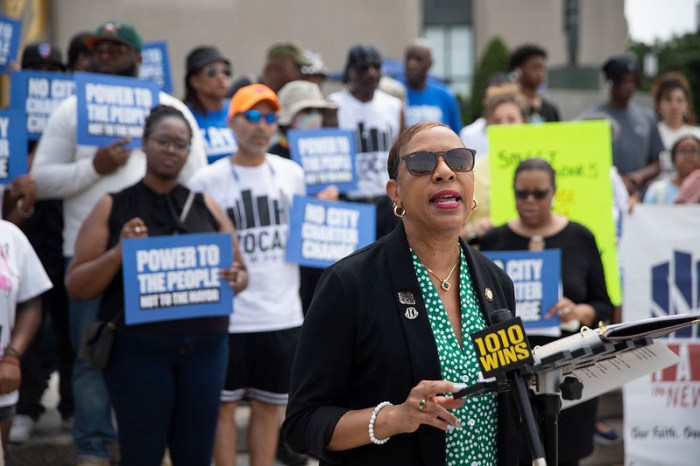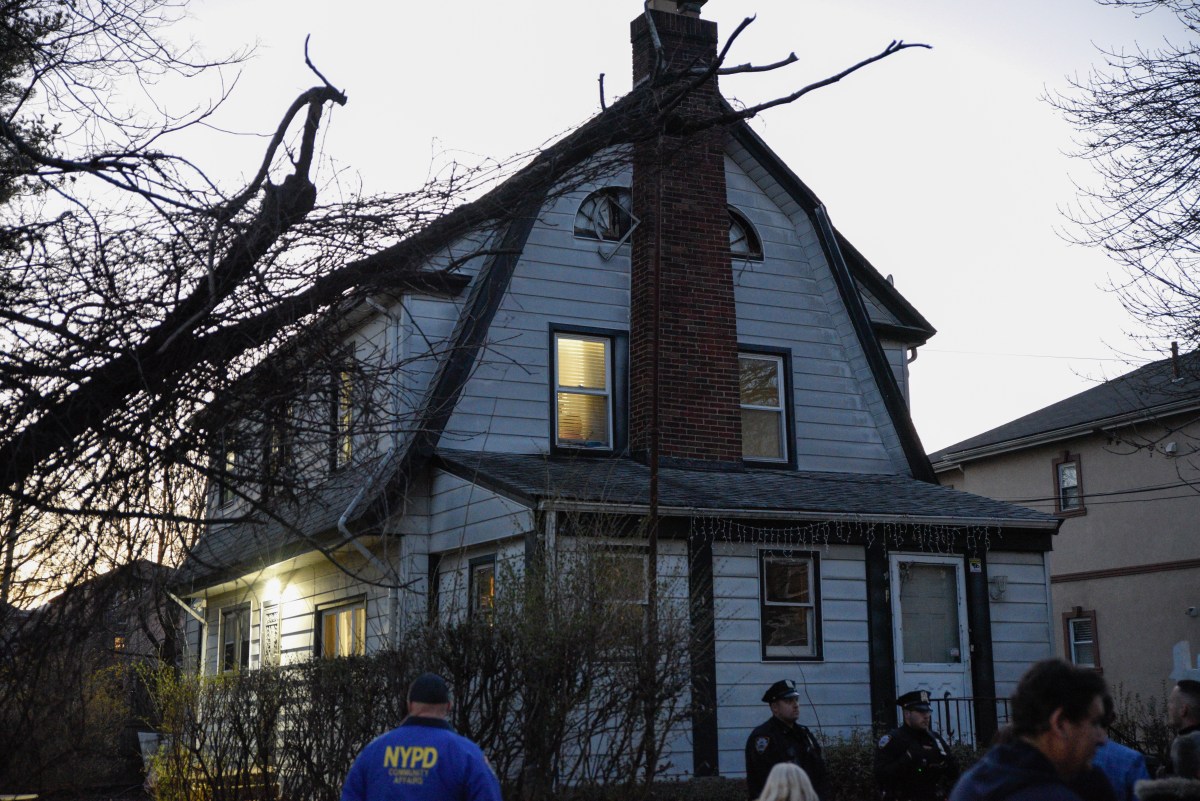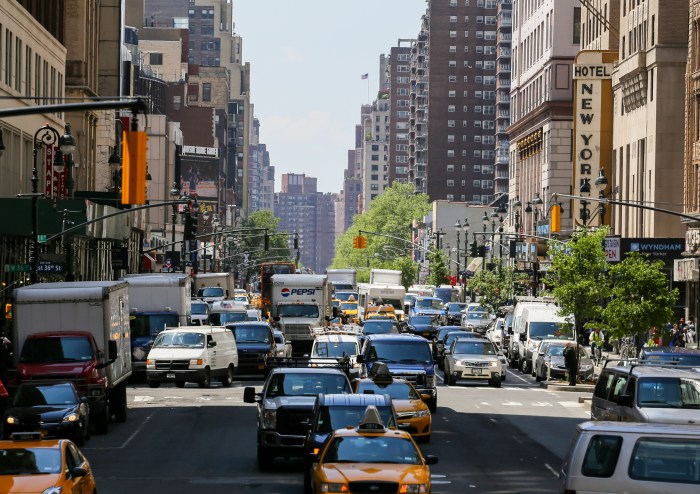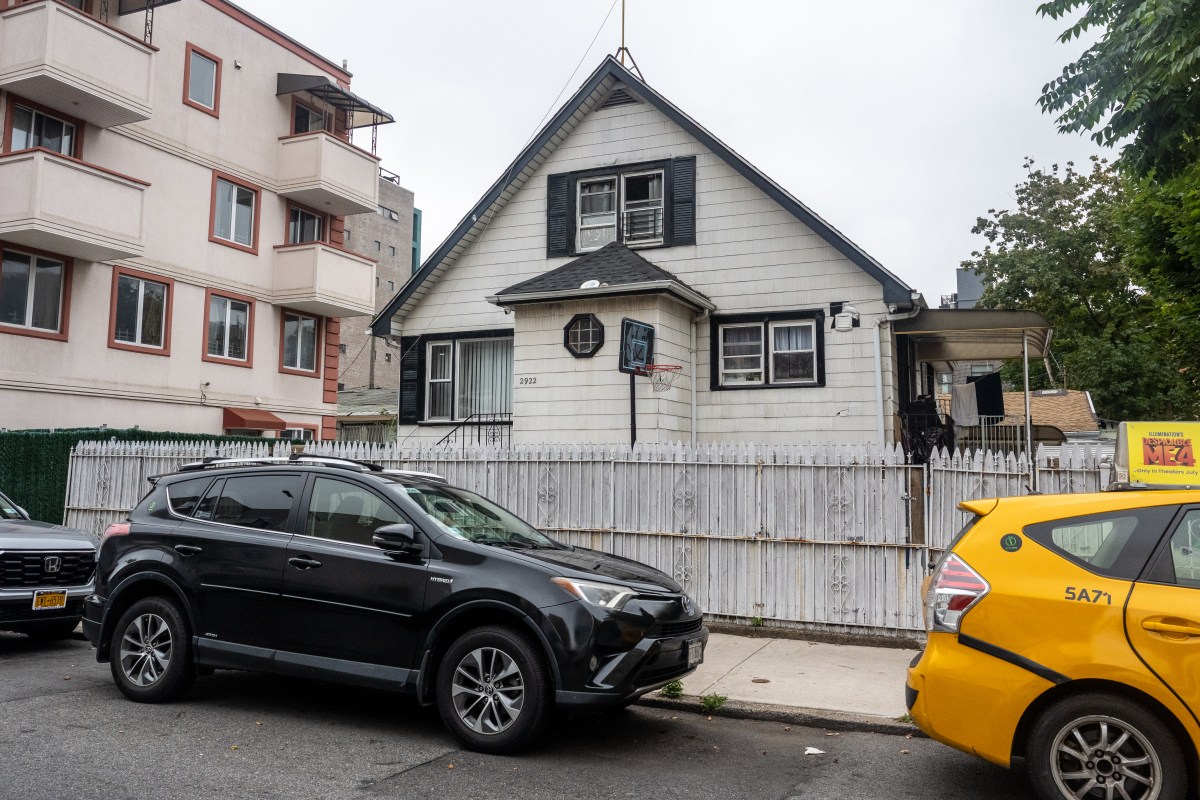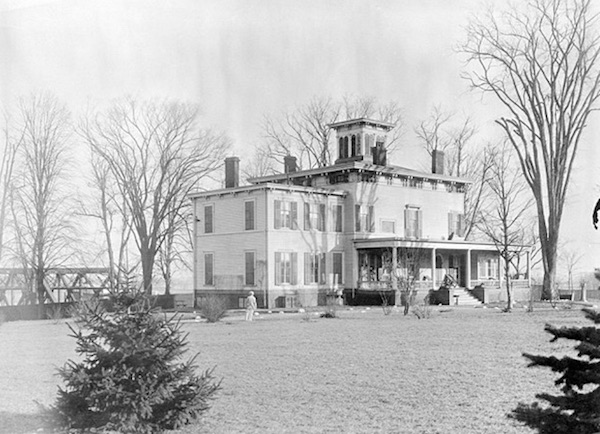
BY REBECCA FIORE | At the General Society Library on W. 44th St., Paul Gunther, executive director of the Gracie Mansion Conservancy, spoke this week to a room filled with more than 50 people about the lively history of one of the oldest surviving wooden structures in Manhattan, often affectionately dubbed the city’s “Little White House.”
Gunther began his Nov. 28 presentation, “Gracie Mansion: 75 Years as the People’s House — The Anatomy of a New York Landmark,” in 1799 with Archibald Gracie, the prosperous Scottish immigrant and New York Atlantic trade merchant who wanted a country home away from town, at what today is E. 88th St. and East End Ave., five miles north of the city limits at that time.
While the designer of the building is not known with certainty, Gunther said it has been attributed to John McComb, Jr., responsible for the current day City Hall, and Ezra Weeks, a successful builder.
“Weeks almost certainly had slaves so the house would have been built in part by humans in bondage,” Gunther said. “We also have discovered recently that Mr. Gracie did hold slaves. He had two. He manumitted them in 1801.”
In the same year the house was built, New York passed a Gradual Emancipation Act that freed children born into slavery, but indentured them until they were young adults.
“The State Library lent it to us,” Guenther said of the original of the Act. “It was a vivid example of the circumstances in which Gracie built this house.”
Due to financial troubles, Gracie sold the home to Joseph Foulke, who later sold it to Noah Wheaton. In 1896, at Wheaton’s death, the city appropriated the estate and its 11 acres due to unpaid taxes. For decades, the house was a concession stand and public restroom facility at Carl Schurz Park.
Robert Moses, a longtime parks commissioner, later used federal dollars from the Depression-era Works Progress Administration (WPA) to stabilize and improve the house. In a Nov. 8, 1941 memorandum to Mayor Fiorello La Guardia, Moses estimated the costs for remodeling the mansion. Alterations to the house, draperies, rugs, and additional furniture and reconstruction of the park area totaled an even $25,000.
It wasn’t until after the bombing of Pearl Harbor that Moses was able to convince La Guardia to move out of his six-room tenement apartment on 109th St. and Fifth Ave. in East Harlem and into the mansion.
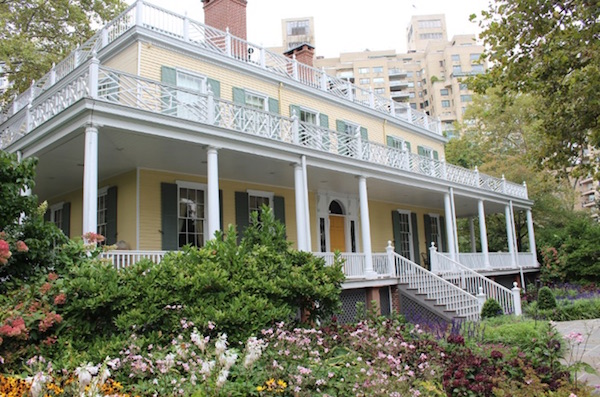
“He had absolutely no interest in moving,” Gunther said. “He was one year into his third and final term. But the fact of the war and the fact that there might be a firestorm… He would be in the center of the city. Gracie was at the edge of the city. You could get out by water, by helicopter, or go underground.”
Suddenly this old landmark had come back to life and was being used again. It was relied on as an important hub of civic activity. In 1963, Mayor Robert Wagner and his wife Susan moved in.
“They had had enough of a lack of privacy in what was a four-bedroom, 4,000-square-foot Federal home with 18th century acoustics and spatial composition. They faced an ever growing and unsurprising demand for public and official gatherings…. In addition, the old interior was threadbare. I’ve never been to the best funeral parlor in Houston, but that’s what I imagine it looked like,” Gunther joked.
The Wagners strongly believed that the house belonged to the people. Susan Wagner even gave personal tours of the home.
“She started to complain that people found their way upstairs,” Gunther related. “She said, ‘Sometimes I have to get dressed in my closet.’ They took ashtrays, pipes, lipsticks, and jewelry. The solution became a new wing.”
In 1966, the wing was completed and named after Susan, who died before seeing it finished. A connection between the old house and the 20th century intervention was created, known as the hyphen. The only truly private part became the upstairs.
By 1981, Mayor Ed Koch created the Gracie Mansion Conservancy, a privately-funded endowment that generated enough money to move forward with preservation efforts.
“I like to call it [Mayor Koch’s] Mrs. Kennedy moment,” Gunther said referring to the former first lady’s avid commitment to restoring the White House. “He thinks the house should look correct. No one knows what it should look like, there’s no interior representation. There’s some notebooks, a few hints.”
A team including Charles Platt, architect, and Dianne Pilgrim, former head of the Cooper-Hewitt Museum, was hired to re-imagine the Gracie Mansion based on well-informed research. The previously black and white mansion was painted yellow.
Though Mayor Michael Bloomberg, like Koch, never lived in the mansion, he did donate and raise money for another enhancement. He hired society decorator Jamie Drake.
Drake added 18th century furnishings upstairs, redid the kitchen, and brightened the parlor up. Since then the only revisions, besides asbestos being cleared out of the roof, have involved bringing in art and artifacts on a rotating and provisional basis “to broaden the history lesson to those who visit,” Gunther said.
Also, since Mayor Bill de Blasio and his son are both over six feet tall, the beds and chairs had to be changed.
“It’s really hard to sleep on an 18th century bed no matter who you are, but especially if you are 6 feet 5 inches tall,” Gunther said.
The mansion is open for tours on Tuesdays at 10 a.m., 11. a.m., 2 p.m., and 3 p.m. On Dec. 16 from 2 to 5 p.m., in celebration of the holidays, the mansion will be lavishly decorated with Christmas decor, given pro bono by an Italian designer.
For more information on Gracie Mansion, visit www1.nyc.gov/site/gracie/visit/visit.page.






























